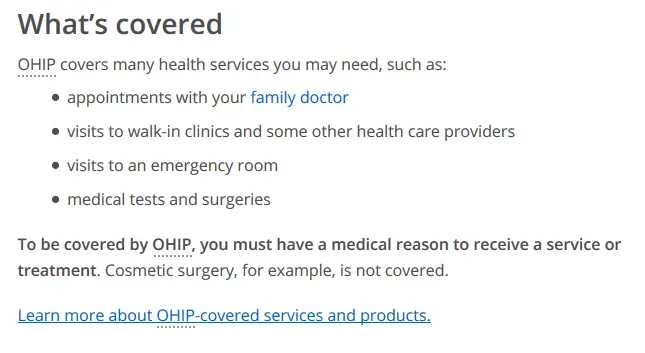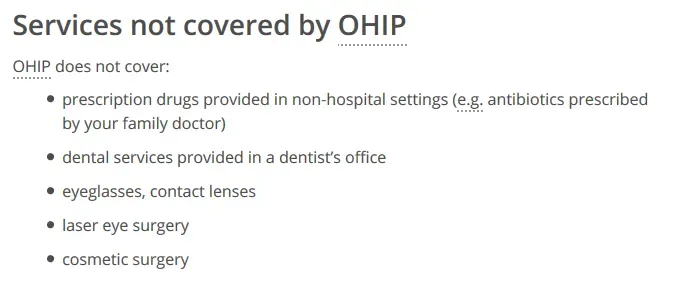Today was day 3 at the Dynamics GP Tech Conference. As in other years, the 3rd day is a half day and many people head on their way back home right after the conference is done. For me, it's a bonus part of a day off to regroup, review notes, check in on email etc. and get ready for 2 more days of training. I'm going to be taking the eOne Solutions SmartConnect boot camp on Thursday and Friday.
Session 1 - eConnect Nodes: what do they do?
The first session of the day for me was delivered by Steve Gray, of 4penny.net and DynDeveloper. The content was around eConnect, as the title says, and some finer details of how they work to understand them better. He showed his techniques around building a wrapper stored proc around calling an eConnect object to make it simpler to call it. For example, only expose the parameters that are needed for the purpose instead of the default that has dozens of parameters.
He showed some examples using RM Transaction Entry as a simple example that requires minimal code to demonstrate. The 4Penny.net link above is to a place on his site where he shared his GP Tech materials.
The best tip I took out of this session is to consider using the SSRS stored procedures that are for all of the GP out-of-the-box reports and use them for all users to have reports like HATB's in Excel. So simple several of us thought "Why didn't we think of that"? Using a wrapper stored proc as he demonstrated on the eConnect side of things to minimize the # of parameters and then use it in Excel to create a parameterized report. I'll aim to do one and test it to blog about that at some point.
Session 2 - T-SQL Coding: maintainability over performance
This session was led by John Lowther. It was more of a discussion session than a presentation and certainly had a lot of good discussion! The primary two topics discussed were the pros and cons of commenting code, header vs. inline comments, and source control.
As one of two non-developers in the room, it was interesting to listen to the discussions and opinions on how much commenting is sufficient. The general sense was comments in the header were important but the opinions varied widely on the use and extent of inline comments within the code. What I found most interesting is the reasoning behind many of those who preferred not to comment inline much (and document elsewhere) was the concern that it won't be maintained when there are changes. To me, this seemed kind of backward (and I said as much). It would seem to me (again, as a non-developer), that there should be some rigour to the processes and expectations that if developers change the code, they update the comments and/or documentation. Not doing this because "the next guy might not update the comments" seems like flawed reasoning! The other reason is that sometimes the changes are urgent and developers make them so quickly that documentation is the first to go. I'll stand by my comment above, processes are there for a reason whether that is financial processes or development processes. The results of either are better when there are controls to ensure things are done the way they are expected to be done.
But hey, what do I know? I'm not a developer! ;)
What did come out of this was a realization that perhaps a source control session for "citizen developer" audiences might be a good session idea for next year. For someone like me who over the years has written tons of SQL views at client sites, and didn't have a development "team" when I worked at a VAR, there was no process in place or training for source control, even for these "light development" scenarios. I know what source control is but I don't know how to use the tools, the best way to organize and manage, or an idea of what a good process is (check-in, review, etc.). For that middle layer of non-developers, it would be a great session to sit in on!
Session 3 - SQL Server: in search of performance
The last session of the day was also by John Lowther. This one was going through the various settings in SQL Server and discussing which areas of configuration should be set a certain way, or what the best practise may be for a given area (like the max RAM setting for instance).
Wrap-up on the conference itself
This was another enjoyable GP Tech conference. It's the one conference I would like to attend every year, as long as Bob and the organizers will allow me to attend that is (and my boss of course!). I get a lot of value out of this, not all of which I can put into practice immediately but it helps me plan for what to learn next and where to focus on. However, as this is a partner conference, an exception has to be made. I wasn't the only customer there this year, there were at least 3 of us, based on conversations I had.
Some thoughts, in no particular order:
- I liked the amount of content on the newer technologies such as PowerApps and Flow. It was good to see how the community is starting to evaluate these to find ways to integrate those tools with Dynamics GP. I suspect some of the attendees may find there was too much of that content but I would say it was about right. Those are the apps of the future for many things and embracing them is a step in the right direction.
- I'll put in my annual reminder that there are tea drinkers attending these events, so only having coffee and water doesn't work well for me! I'll give credit to the Microsoft guy (whose name I can't remember) who let me downstairs multiple times this week to get tea from the cafeteria. I'm glad I picked up a big thermos to keep those trips to a minimum!
- We need more presenters. Most sessions I attended were from the same people over and over. Not only are they overworked, but we're losing the perspective of fresh points of view, techniques and ideas. I loved Steve Gray's session for that very reason as it was refreshing to hear a different voice with a different perspective than everyone else I listened to this week. We have a tremendous community and lots of talented people, it would be nice to figure out a way to get them up there at this event.
- The post-session surveys need a serious look at. The current format is attendees fill out one survey for every session they attend. It's Survey Monkey, the survey can be made longer! There is no way we should have to click through that many times to complete some evals. I know it's not the same software as Summit uses but any survey tool typically should be able to handle a long list of questions. If feedback is important, make it easier for us to give feedback!
- I'd be willing to bet we could come up with a good app for this with PowerApps or Flow or both.
Afternoon & Evening Socials
After arriving back at the hotel, some of us went out for lunch nearby. We had an interesting discussion at one point during lunch about healthcare, Canada vs. the US. I don't even remember how we came upon that topic. Anyway, more on that in a bit.
After lunch, I had laundry to do as I didn't want to pack for 8 days. A bunch of us hung out in the lounge area on the main floor and I did as well in between loads of laundry. Everyone was semi-immersed in their laptops doing work and talking about the conference and sessions we liked.
The healthcare conversation came back up at one point because Shawn (Dorward) joined us and we got into discussions on how his son was doing and the earlier discussions made their way back into place. It was interesting. I have to say that on both sides of the discussion, minds were blown about how the other side works. For me, the "wow" things were hospital charges (basically $100 to walk in the door and something else like $1,200 maybe once a patient is put in a room, no matter if they're there for 5 minutes, etc.), and then $4,000 to have a baby delivery! OMG.
For my side, it was funny the questions back to me, as it was just as odd to them what I was telling them as what they had told me. They were mostly stunned that I could go to the doctor or a hospital and not pay for it (directly). Yes, we all pay for this via taxes, but we are not cared for based on our financial status or means. Basic health costs are covered.
So, here's some basic info for my province, Ontario, that my American friends might find interesting.


Supplemental health insurance is provided by many employers at various costs to the employee. I would say most employers that offer benefits pay for them fully and others may split the costs with the employees but even those costs are minimal for most. Mine is fully employer-paid and the cost of my coverage (single person) is something like $162 a month for the plan & coverage my employer has, others would vary. Family coverage would be higher, but it's a flat rate for "Family" no matter how many dependents. "Heath Insurance" for the most part would typically cover things like those listed on the not-covered list (dental, eyeglasses and contacts, paramedical treatments (massage, chiro, physio, etc. types of services although some physio can be covered under OHIP under certain circumstances), and private or semi-private room costs in a hospital to name a few things. Like I said, it was a fascinating discussion…
That's it for this conference. I will have another post by the end of the week with a follow-up on a promotion that David Musgrave and potentially other ISVs in our community are offering up as a way to get more donations for Shawn's son's medical costs. More to follow, I'm waiting for David to confirm the details and post his side so I can share the link.
My earlier posts are here:
- Day 1
- Day 2
- follow-upWrap-up post


